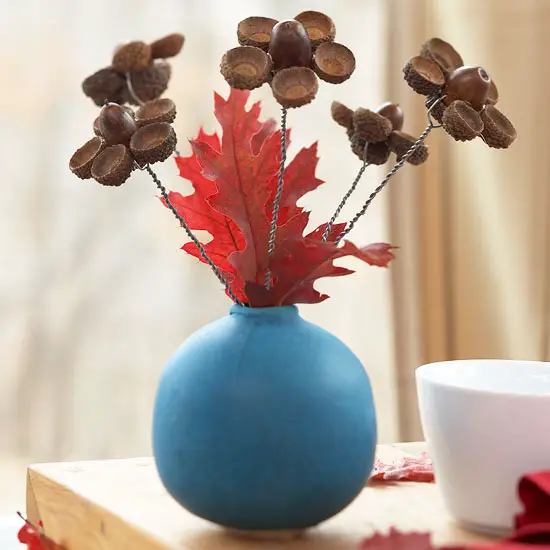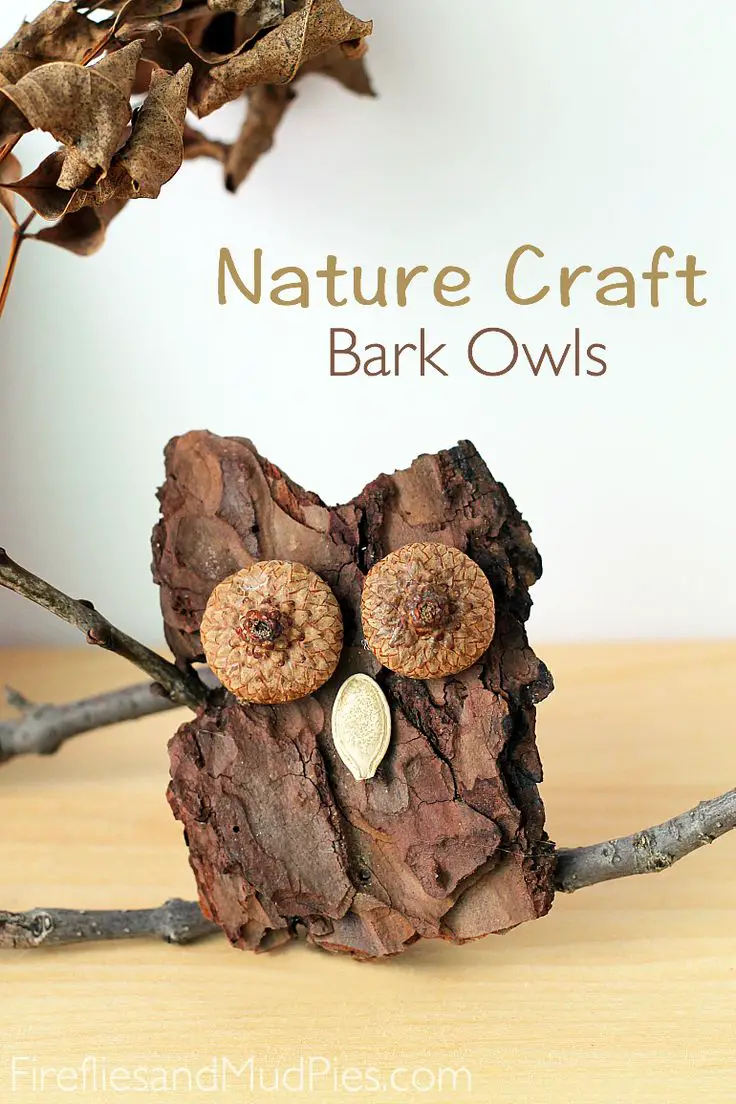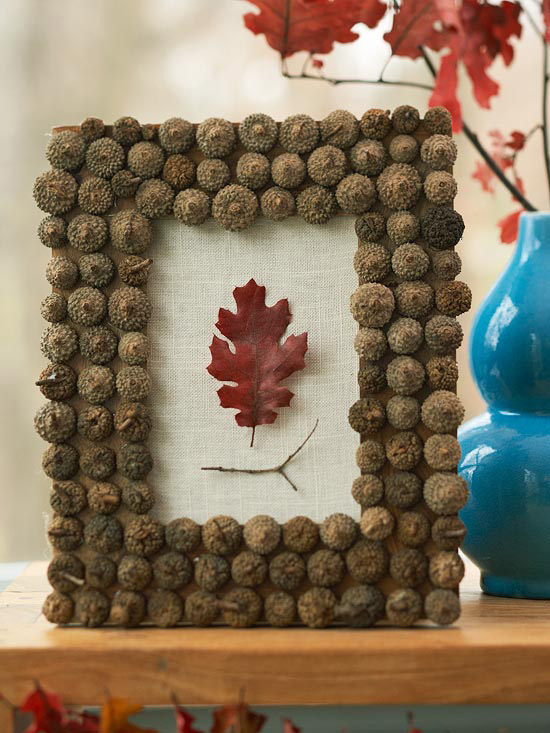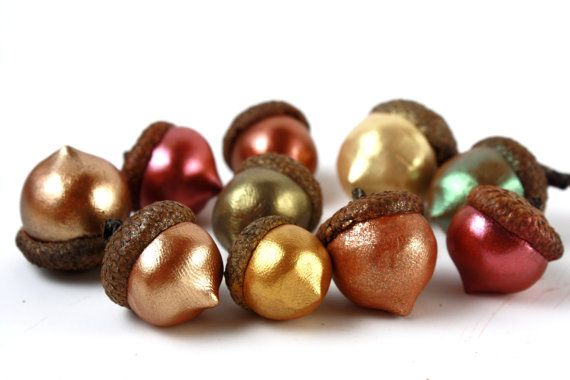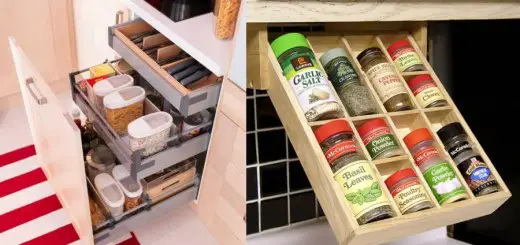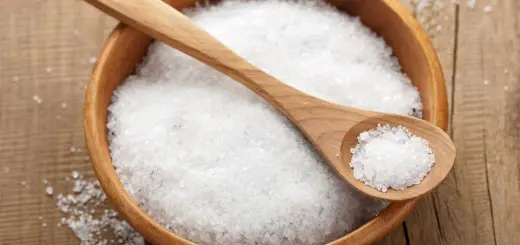What You Can Do With Acorns – A Bit of Health And Embellishment
An autumnal walk in the thicket of the forest takes us over a blanket of multicolored dry leaves and, with no exception, acorns. The strong oaks also loses their half-clad fruit which have always fascinated us thanks to their unique shape. If, when we were kids, we would gather them and then throw them away as quickly, today we find out acorns, which the traditional narrative associates with only feeding animals, play a modest role in our food chain, but can also take decorative roles in our homes. Here is what you can do with acorns, from kitchen to living rooms.
Ripe acorns are rich in tannic acid, the substance we also find in red wine, chocolate and tea, they’re filled with B vitamins, protein, little fat, and they’re a decent complex carbohydrate. They are also good for controlling blood sugar levels. The best acorns for harvesting are the Swamp Oak, Oregon White Oak, and the burr oak. Mind that green acorns are unripe and are unsuitable for eating, but mature green acorns can ripen in a clean, dry place. Untreated raw acorns contain high concentrations of tannic acid, so their taste is bitter, and they can be toxic to humans, if eaten in large quantities. Water process/treat only ripened, brown acorns.
To lose that excessive concentration of tannic acid, you have to boil the shelled acorns with repeated changes if water until the water stops turning brown when you strain and replace it. After you dry them, you make acorn flour which to use to make bread, muffins or various types of cookies.
Another choice you have is making acorn coffee. Peel the ripe, leached/blanched acorns. Divide the kernels. Place in an ovenproof dish and cover. Roast in a low heat oven to dry slowly. Stir frequently. Once roasted (light, medium or dark), grind. The resulting mixture can be blended into commercial coffee — or used on its own to make acorn coffee which can help remove diarrhea symptoms. You can also consume leached acorns after drying or make them roasted.
If you don’t want them in your kitchen, then use acorns for various types of home decorations, such as those suggested by the images below. These are fall decorations which go hand in hand with dry leaves and which bring a sprinkling of nature into your homes.
Sources: Wikihow.com, Bhg.com, Pinterest.com, Sanatate.bzi.ro
